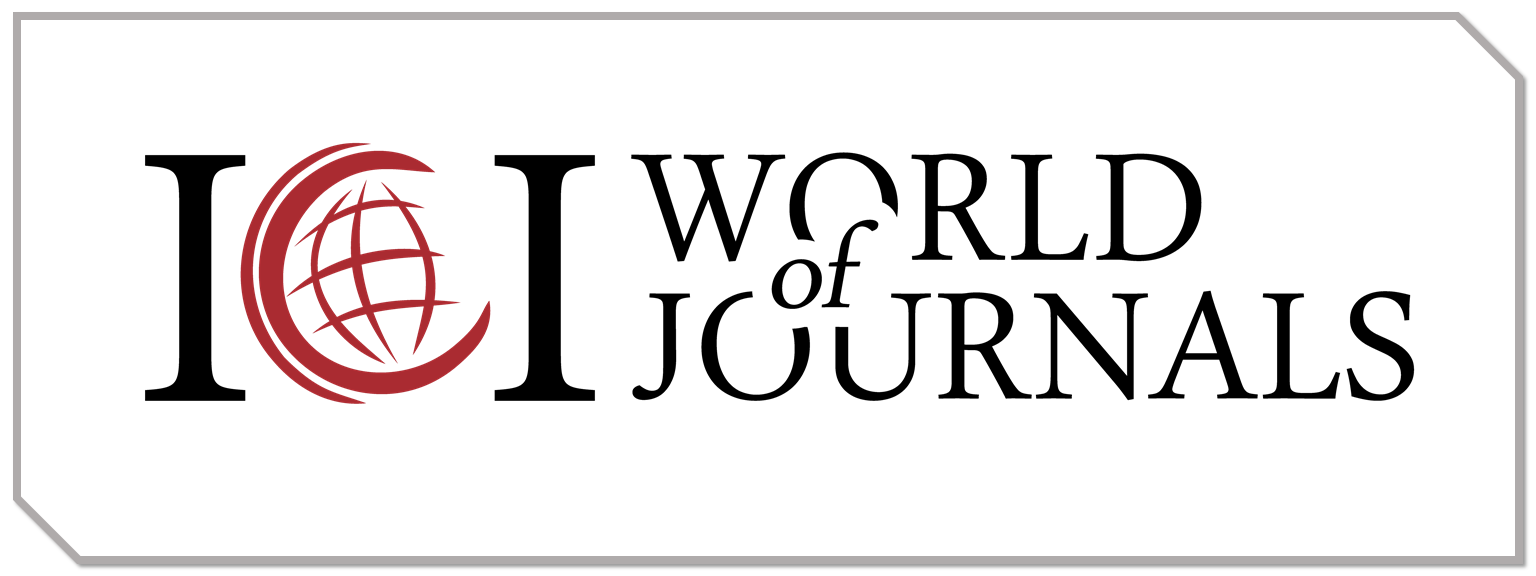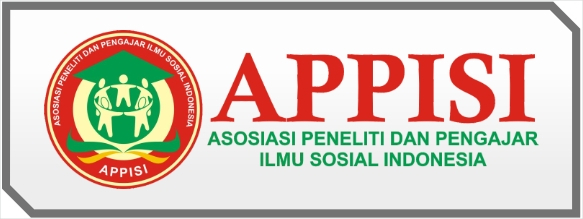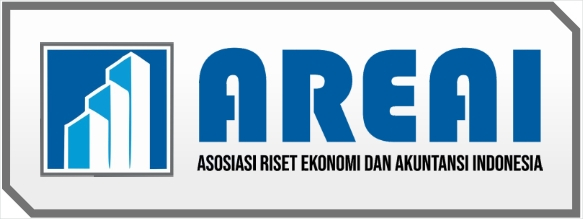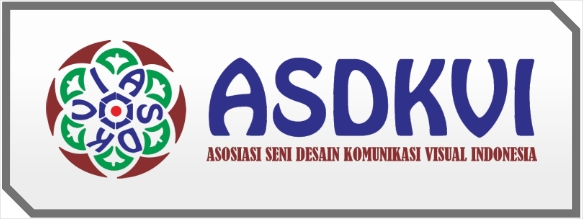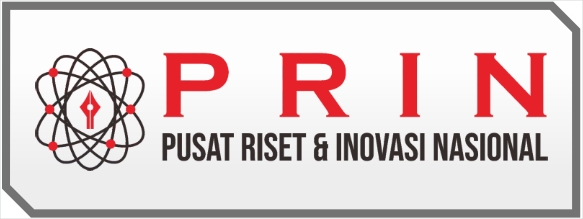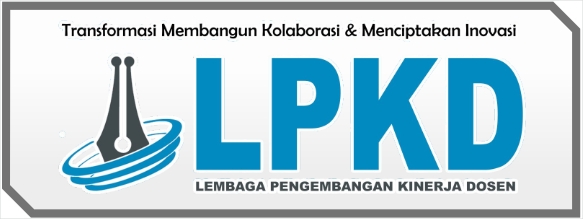Penentuan Prioritas Masalah Kesehatan terkait Covid-19 dan Intervensinya dengan Pendekatan Problem Solving Cycle
DOI:
https://doi.org/10.55606/jpkmi.v2i1.159Keywords:
Covid-19, Problem Solving Cycle, InterventionAbstract
The Covid-19 outbreak has caused many problems for all levels of society. This problem requires a logical problem-solving flow because it requires an easy-to-understand line of thinking, and requires a clear concept of the process and its phases. Problem Solving Cycle is a mental and intellectual process of finding and solving problems based on accurate data and information so that appropriate conclusions and interventions can be drawn. The steps needed in the problem solving cycle method include situation analysis, problem identification, problem prioritization, determining the cause of the problem, determining the priority of the cause of the problem, determining alternative problem solving and implementing interventions. The achievement of goals is influenced by the use of appropriate and effective intervention media. Situation analysis was conducted by interview using the Kobotoolbox application to 25 respondents who were selected by purposive sampling. Determination of priority problems and priority causes of health problems related to Covid-19 is carried out with the Village Community Deliberation (MMD) using the Delbeg scoring table. Fishbone analysis diagram is used to formulate the causes of the problems that have been prioritized. Interventions using posters and educational videos are considered effective as educational media for the problem of lack of knowledge of citizens related to Covid-19 with a lot of hoax information as a priority cause of problems in Krasak Village, Pecangaan District, Jepara Regency.
Downloads
Published
How to Cite
Issue
Section
License
Copyright (c) 2022 Jurnal Pengabdian Kepada Masyarakat Indonesia

This work is licensed under a Creative Commons Attribution-NoDerivatives 4.0 International License.







